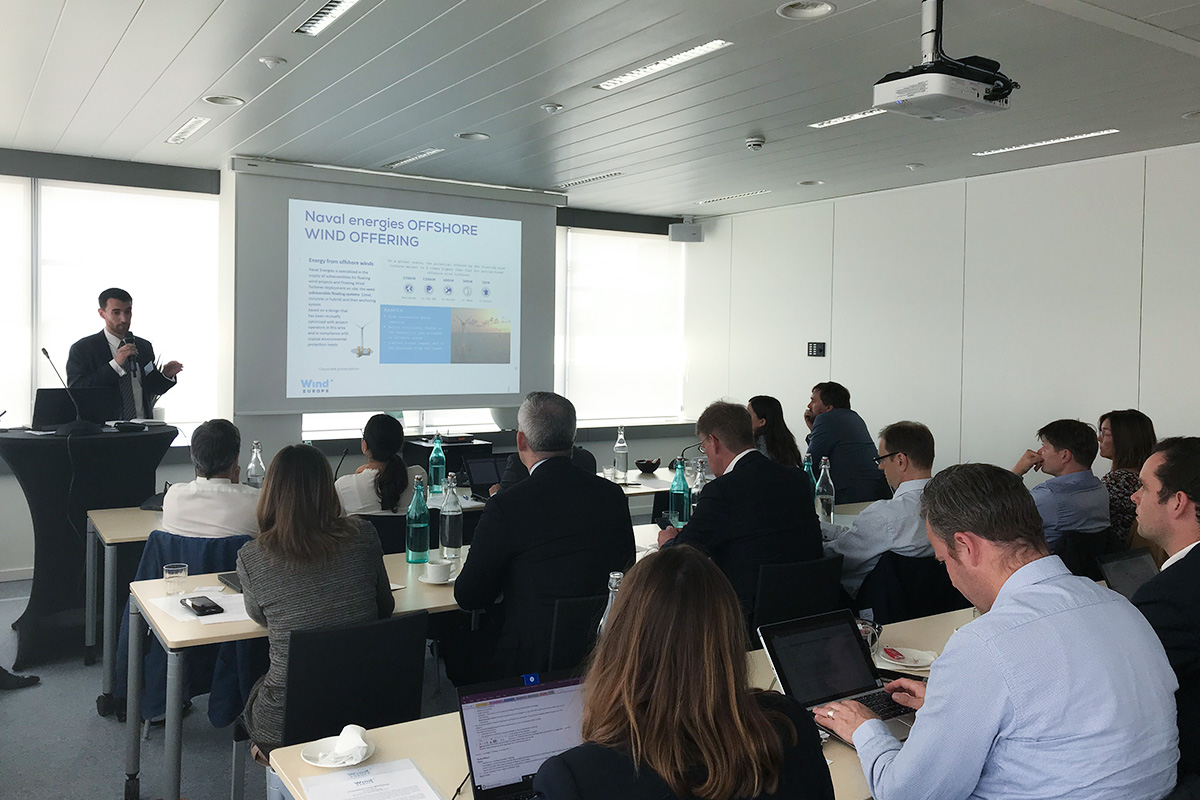News
5 ways the European Commission can strengthen wind projects

4 July 2019
On 3 July WindEurope hosted a workshop with industry and the European Commission on the recently created Innovation Fund.
The Fund is the successor of the NER300 programme. It will run from 2021 to 2030. It is endowed with at least 450 million allowances. This could amount to around €10 billion, depending on the carbon price. It will be one of the key funding instruments for delivering the EU’s commitments under the Paris Agreement.
The Innovation Fund will support investments in renewable energy, energy storage, carbon capture storage and use, and decarbonisation of energy intensive industries. Its scope spans from pilot projects to pre-commercial technologies, and to scale-up commercial projects. It will complement funding from research and innovation (R&I) from other European financing programmes.
The Innovation Fund can make major contributions to greenhouse gas emissions and European competitiveness. At the workshop, the wind energy industry identified 4 key areas where the Innovation Fund would add the most value. These are: floating offshore wind; the new generation of wind turbines and hybrid power plants; electrification (including power-to-X); and rotor blade recycling.
Participants called for the Commission to ensure the project calls meet 5 key principles:
- Projects have to be aligned to the wind industry’s strategic research and innovation agenda (SRIA);
- Funding should address the so-called “valley-of-death” in financing (the period between demonstration and final investment decision);
- Fit-for-purpose upfront investment as early as possibly in the project;
- Project calls with thresholds for funding; and
- Focus on replicable projects that boost industrial competitiveness.
“We’ve gathered more than 40 companies with potential projects for the Innovation Fund today,” said Iván Pineda, WindEurope’s Director of Public Affairs. This demonstrates that the industry is ready to scale-up new technologies, which is central to a growing and maturing industry. Wind energy has been the most successful sector in funding coming from the EU ETS. The NER 300 programme has supported 8 wind energy projects. We want that to increase with the Innovation Fund. Wind energy is the most cost-efficient investment for EU funding. It reduces greenhouse gas emissions while boosting technological leadership and industrialisation for Europe.”
The European Commission committed to follow up the input from participants on a project-by-project basis in the coming months.

